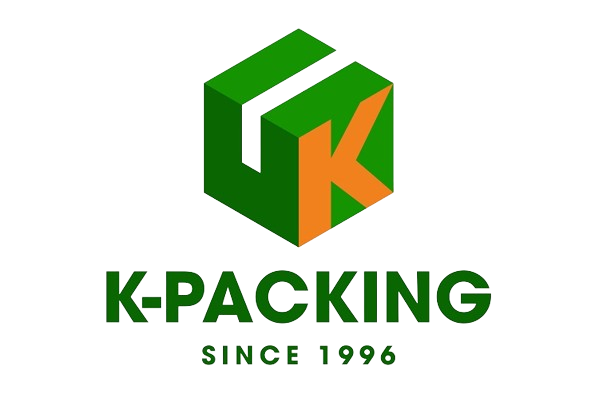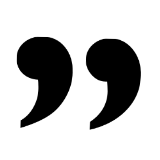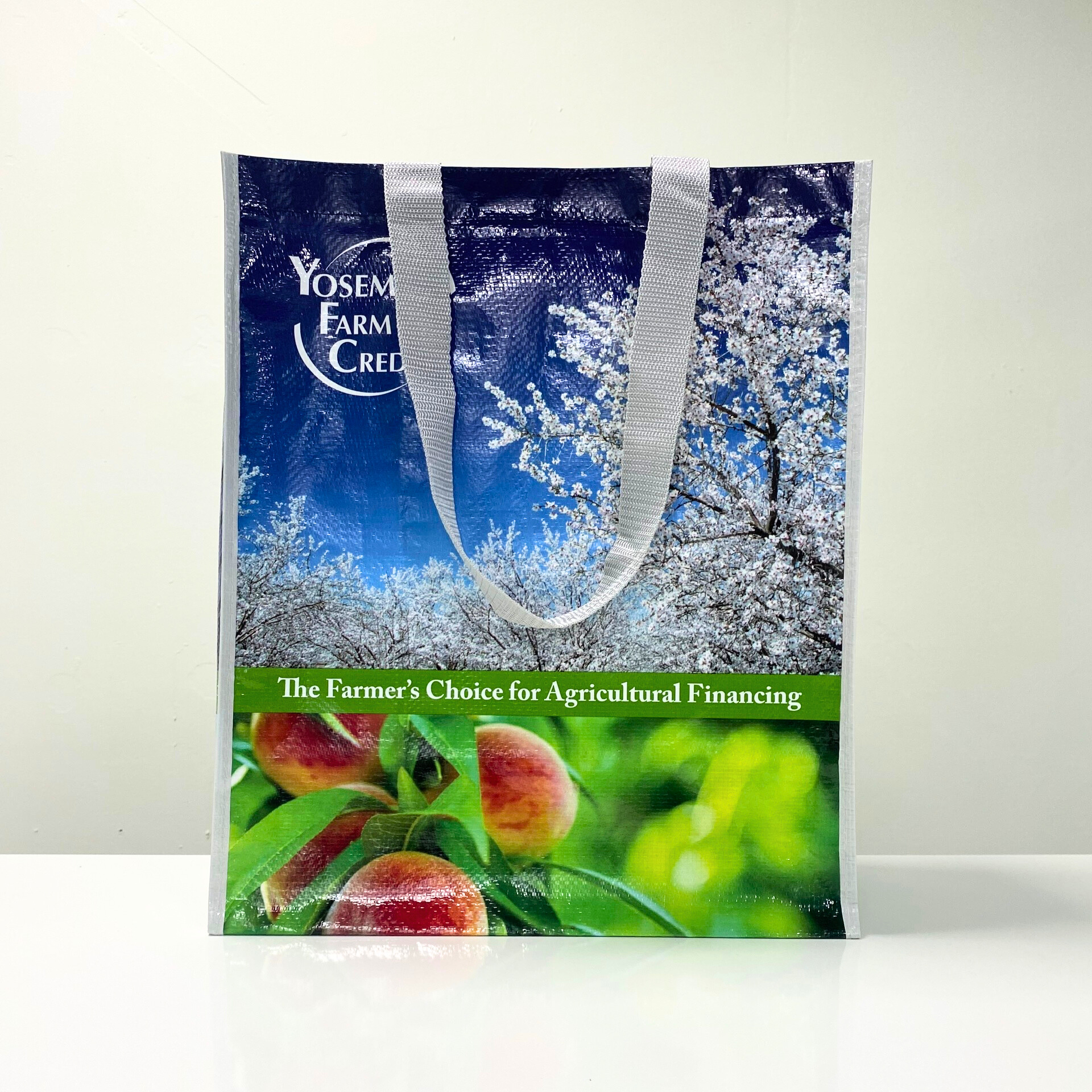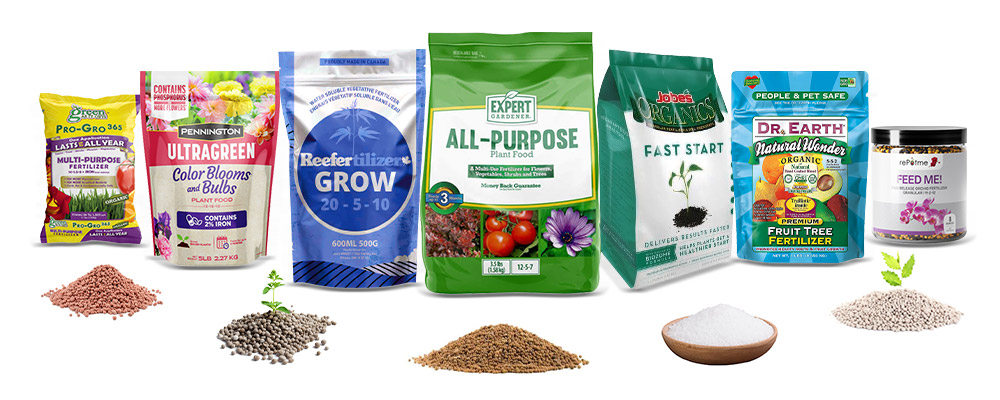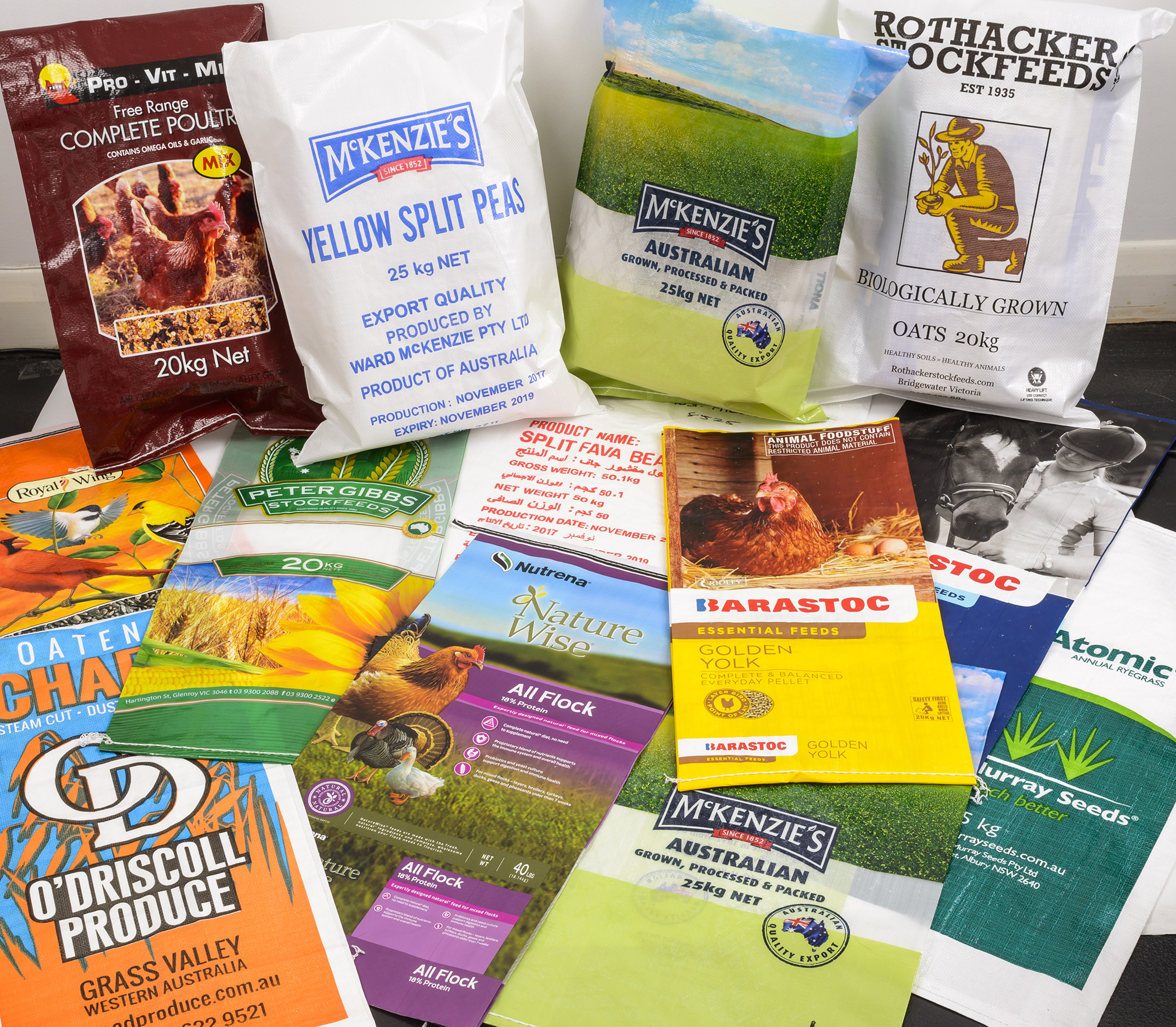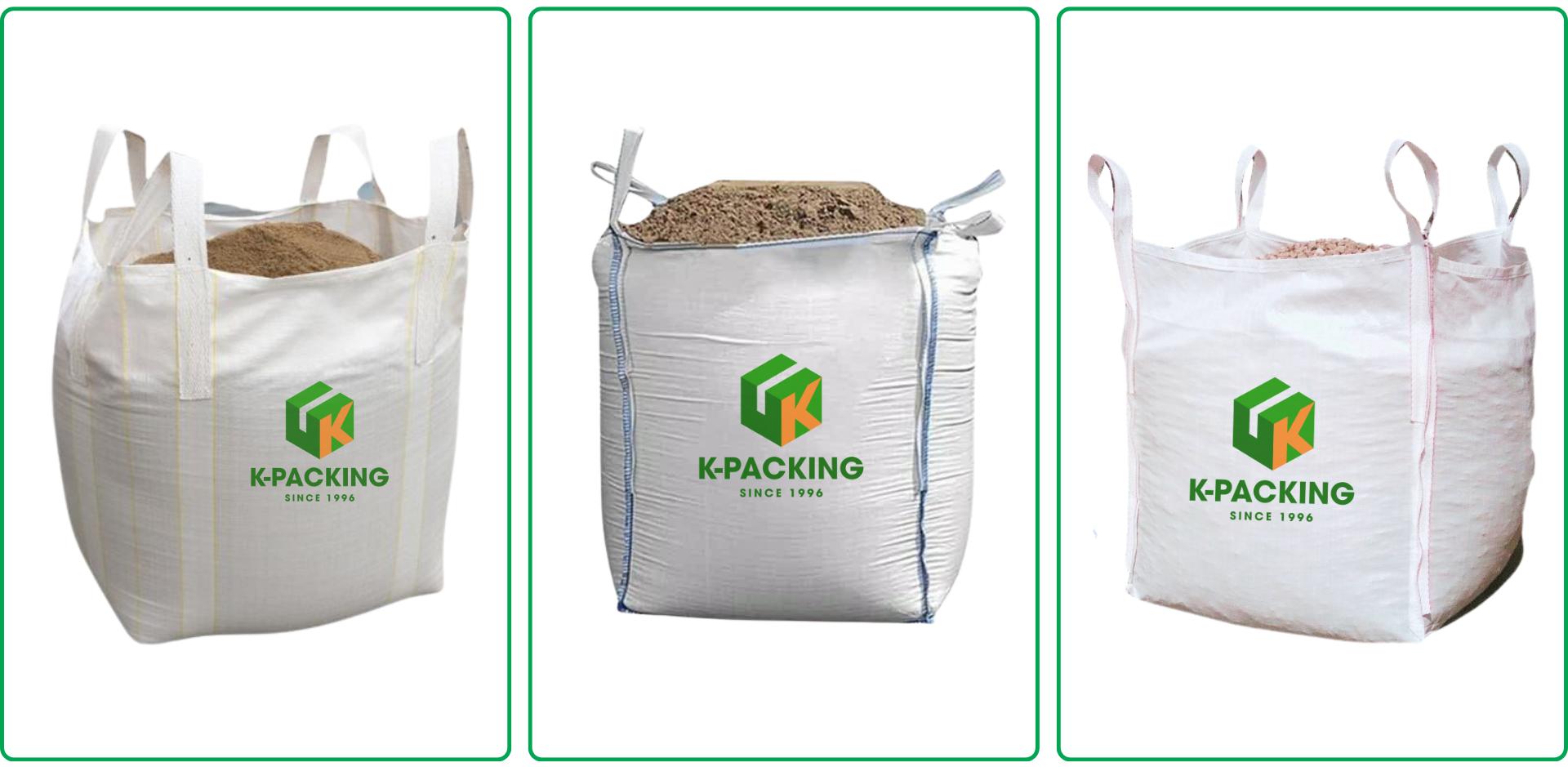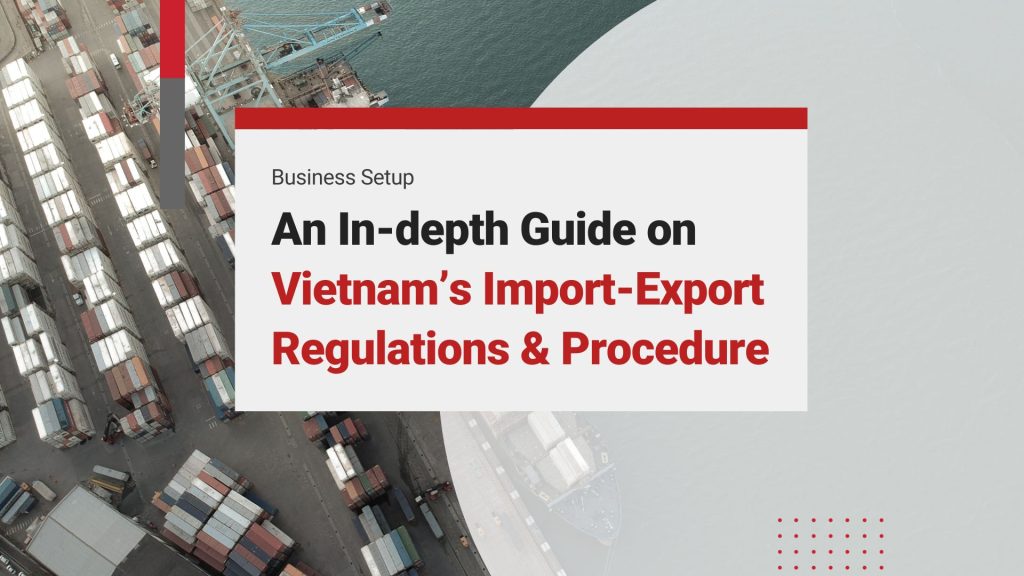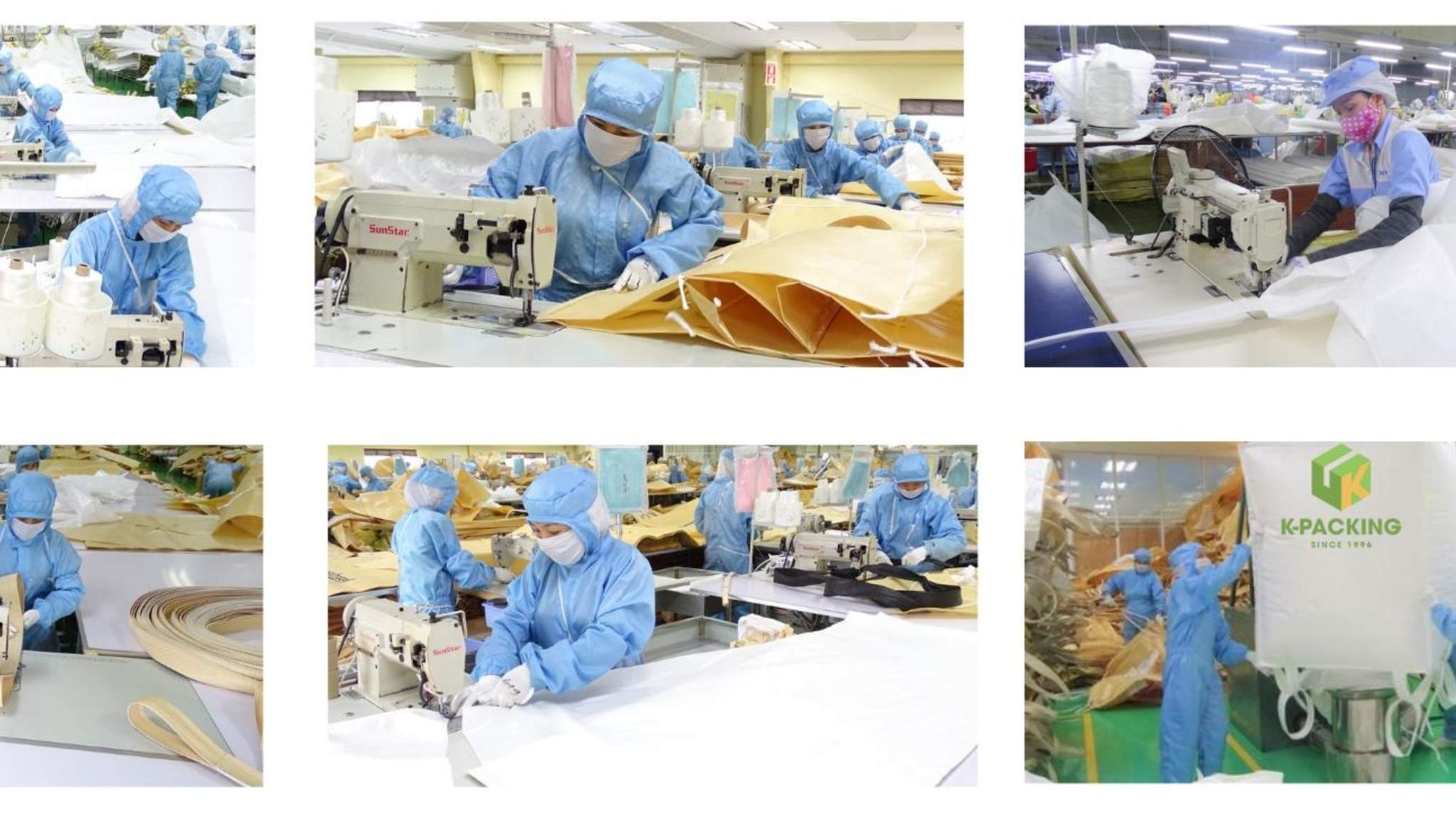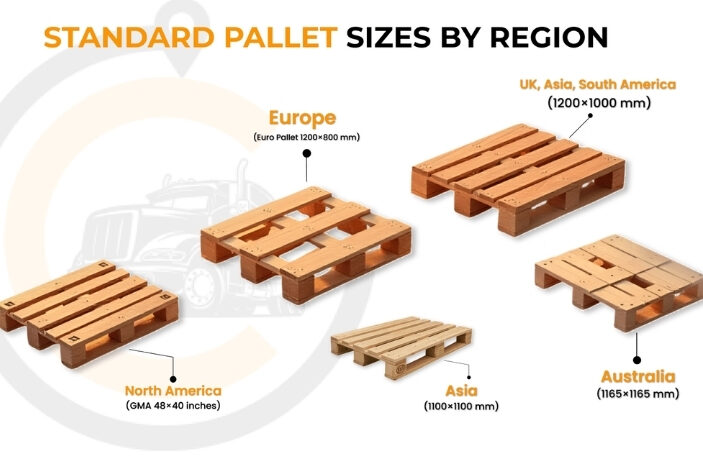In today’s fast-moving market, where consumers are exposed to over 5,000 brand messages per day, packaging has become an essential part of marketing strategy. It is no longer just a protective layer – it is a strategic communication tool that helps businesses capture attention, express brand identity, and influence buying decisions right at the shelf.
For entrepreneurs and marketers, effective packaging is a solution that drives sales and brand loyalty. Research by Ipsos shows that 72% of consumers say packaging design influences their purchasing decisions, proving its power in shaping perception and trust.
As emphasized in Packaging the Brand by Gavin Ambrose, packaging is not merely a container but a messenger of brand value and emotion. It has become so influential that many experts now refer to it as the “fifth P” in the marketing mix. This article explores why marketing packaging matters – and how leading brands use it to turn ordinary products into unforgettable experiences.

1. What Is product packaging in marketing?
Product packaging in marketing refers to the outer layer designed to protect and present a product to consumers. It is the first thing customers see, shaping their perception of quality, style, and brand value even before they experience the product itself.
In marketing, packaging acts as a visual communication tool, allowing brands to convey their message, attract attention, and create a strong first impression at the point of sale. Every detail such as color, material, shape, typography, and layout is carefully chosen to influence emotions and purchasing behavior.
In other words, packaging is more than just a protective shell; it serves as a silent salesperson for the brand, making customers stop, feel curious, and choose one product over another. Well-designed packaging strengthens brand positioning and enhances the perceived value of the product.
2. Why Is packaging important in marketing?
Packaging is more than protection – it attracts attention, builds trust, and shapes brand perception. Studies show that 72% of consumers are influenced by packaging design, confirming its role as the fifth P in modern marketing. Let’s explore in detail below why packaging can achieve such powerful marketing impact:
2.1 Creates a strong first impression
Packaging is the first thing customers notice when they encounter a product. In a market full of choices, an eye-catching design can quickly draw attention and make the product stand out. A good first impression often determines whether a shopper picks up the product or passes it by.

2.2 Builds brand recognition and trust
Consistent packaging helps customers instantly recognize a brand. When colors, fonts, and logos remain uniform, they strengthen the brand’s identity and reliability. Over time, this consistency fosters trust and loyalty, making customers more likely to repurchase. Research shows that consistent branding can increase sales by up to 23 percent.
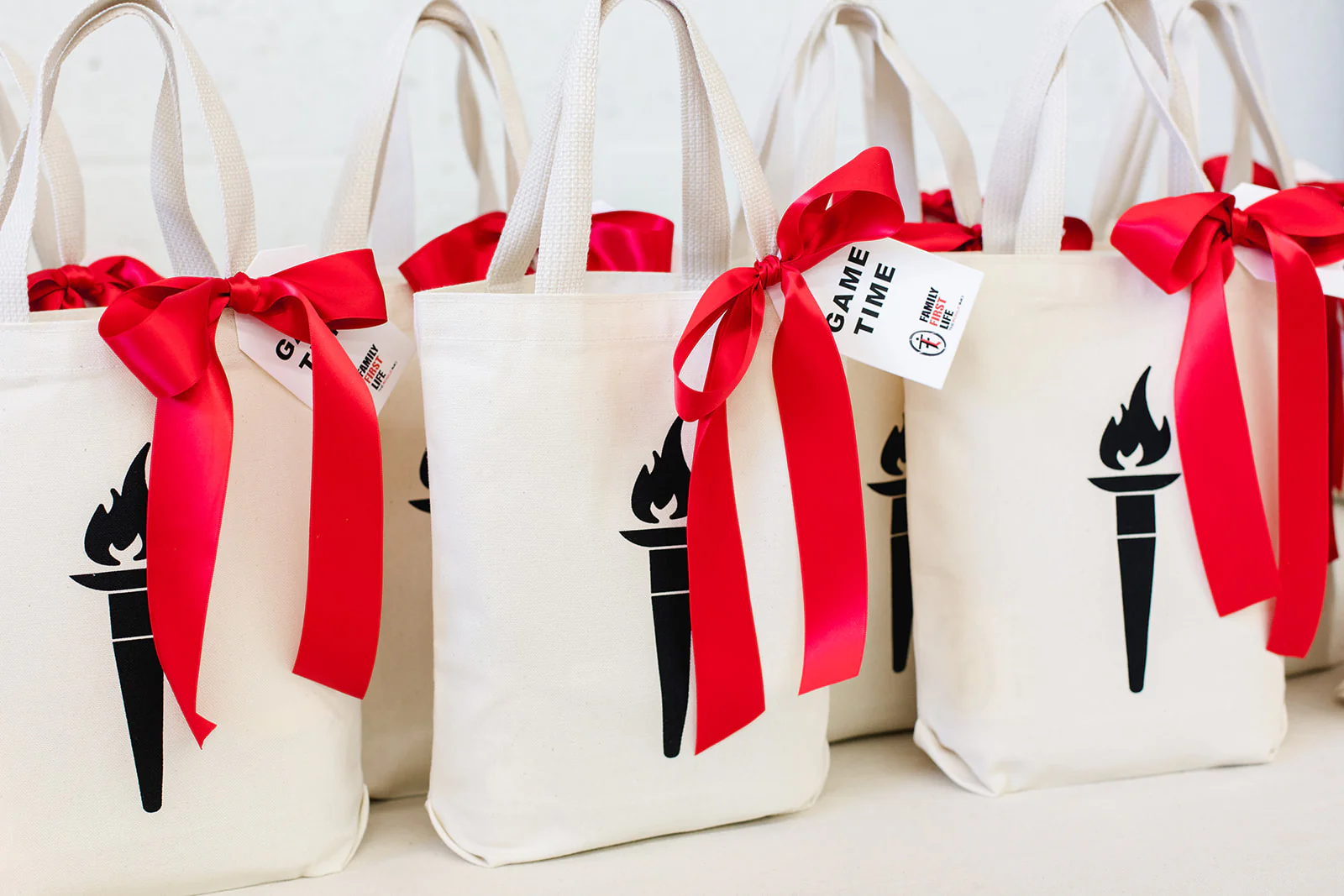
2.3 Protects the product
Beyond marketing, packaging serves a functional purpose to protect goods from damage, contamination, and environmental factors during storage or shipping. Durable and well-designed packaging ensures that products reach consumers safely and in perfect condition, which helps maintain customer satisfaction and confidence.
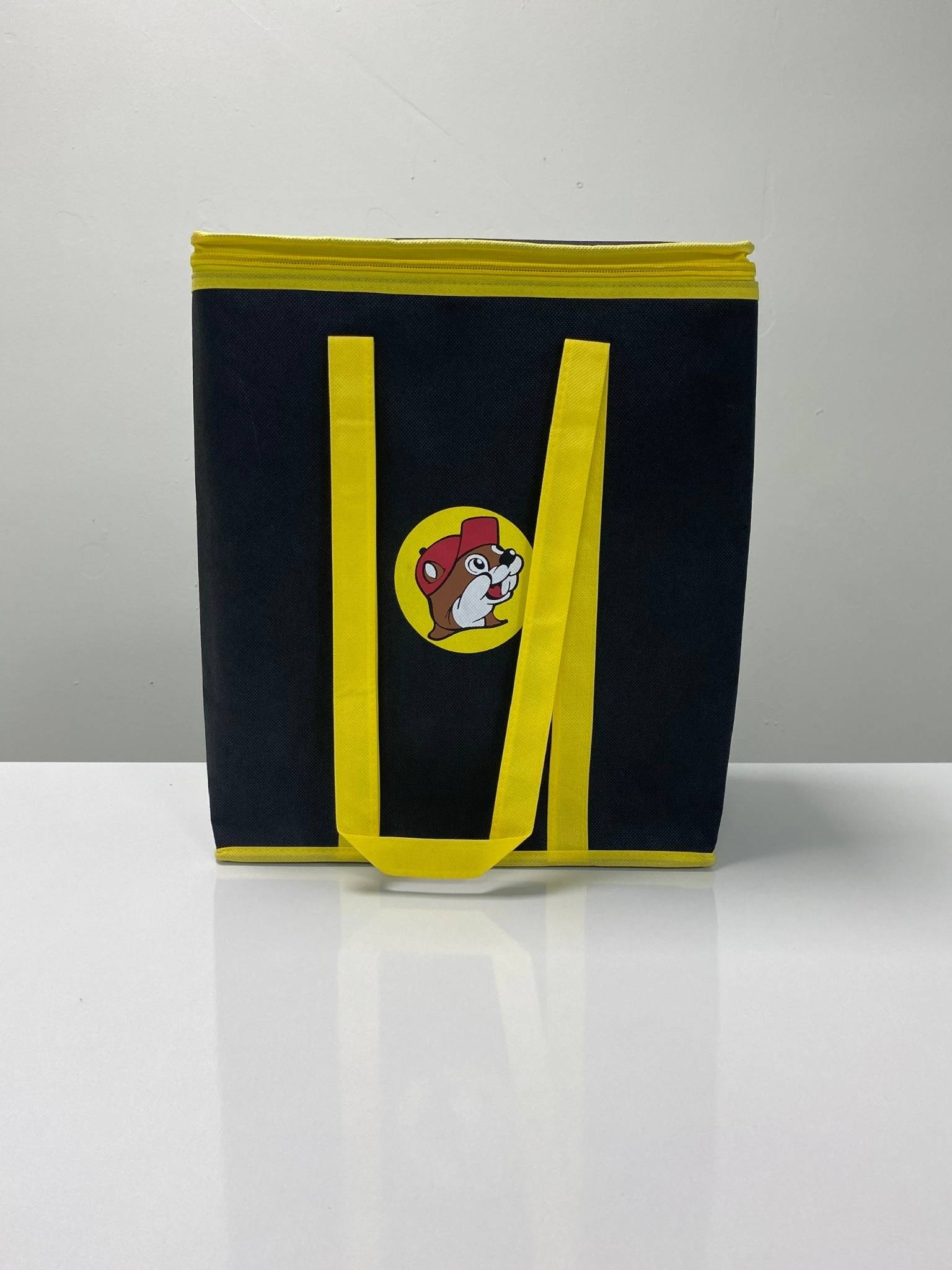
2.4 Communicates key information
Good packaging informs customers by clearly displaying important details such as ingredients, directions, and expiration dates. It also conveys brand values like sustainability or quality through materials and messaging. Clear communication builds transparency and helps customers make confident purchasing decisions.
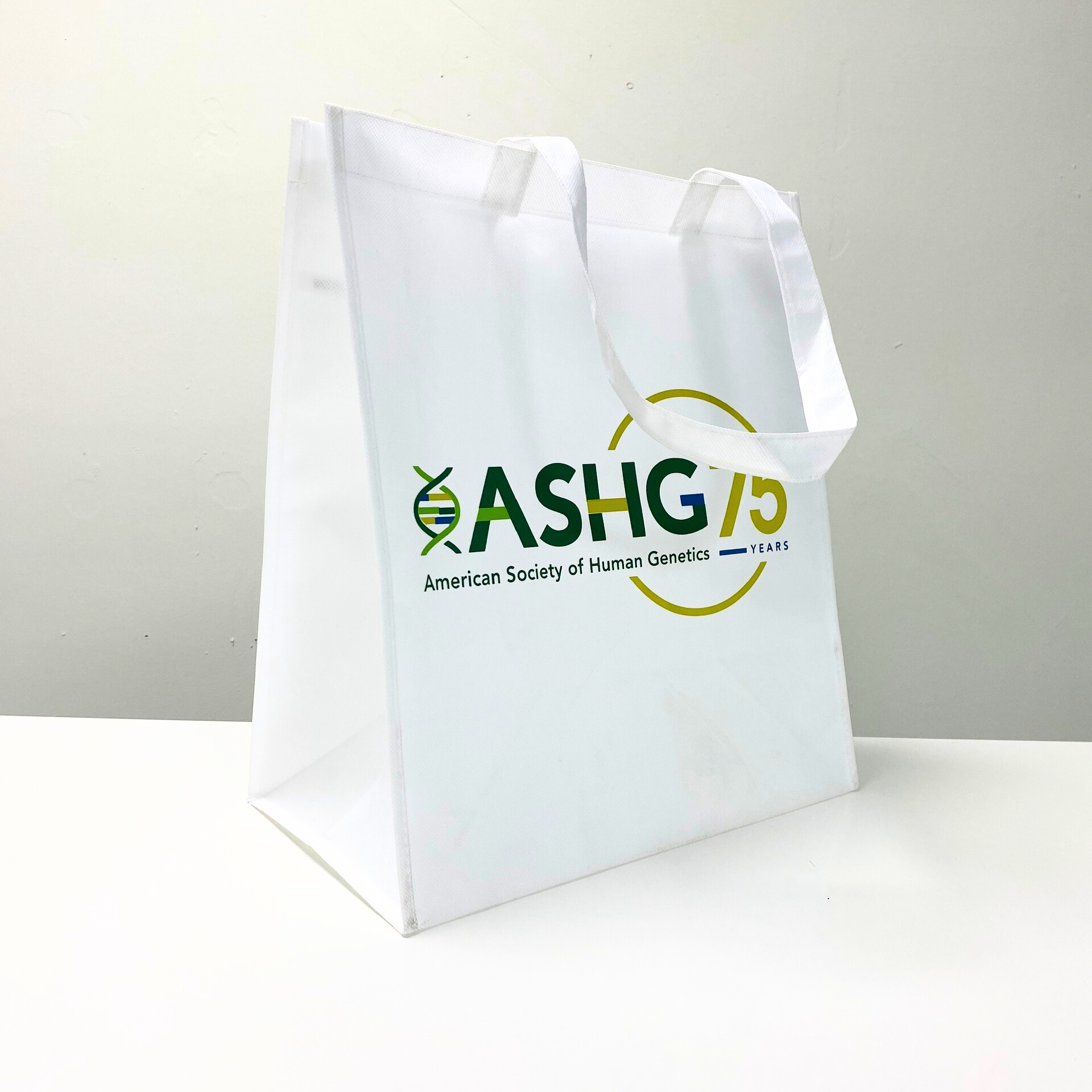
2.5 Enhances customer experience
Modern packaging focuses on user convenience. Features like easy-open seals, resealable closures, and eco-friendly materials improve practicality and comfort. In online shopping, the unboxing experience has become a marketing moment of its own, turning simple packaging into an emotional and shareable brand experience.
3. The role of packaging in marketing
3.1 A strategic branding tool
Packaging serves as a strategic branding element that translates a company’s identity into visual and tactile form. It bridges marketing strategy and customer perception, ensuring that every color, texture, and shape reflects the brand’s promise. Through thoughtful design, packaging transforms abstract brand values into a physical, memorable experience.
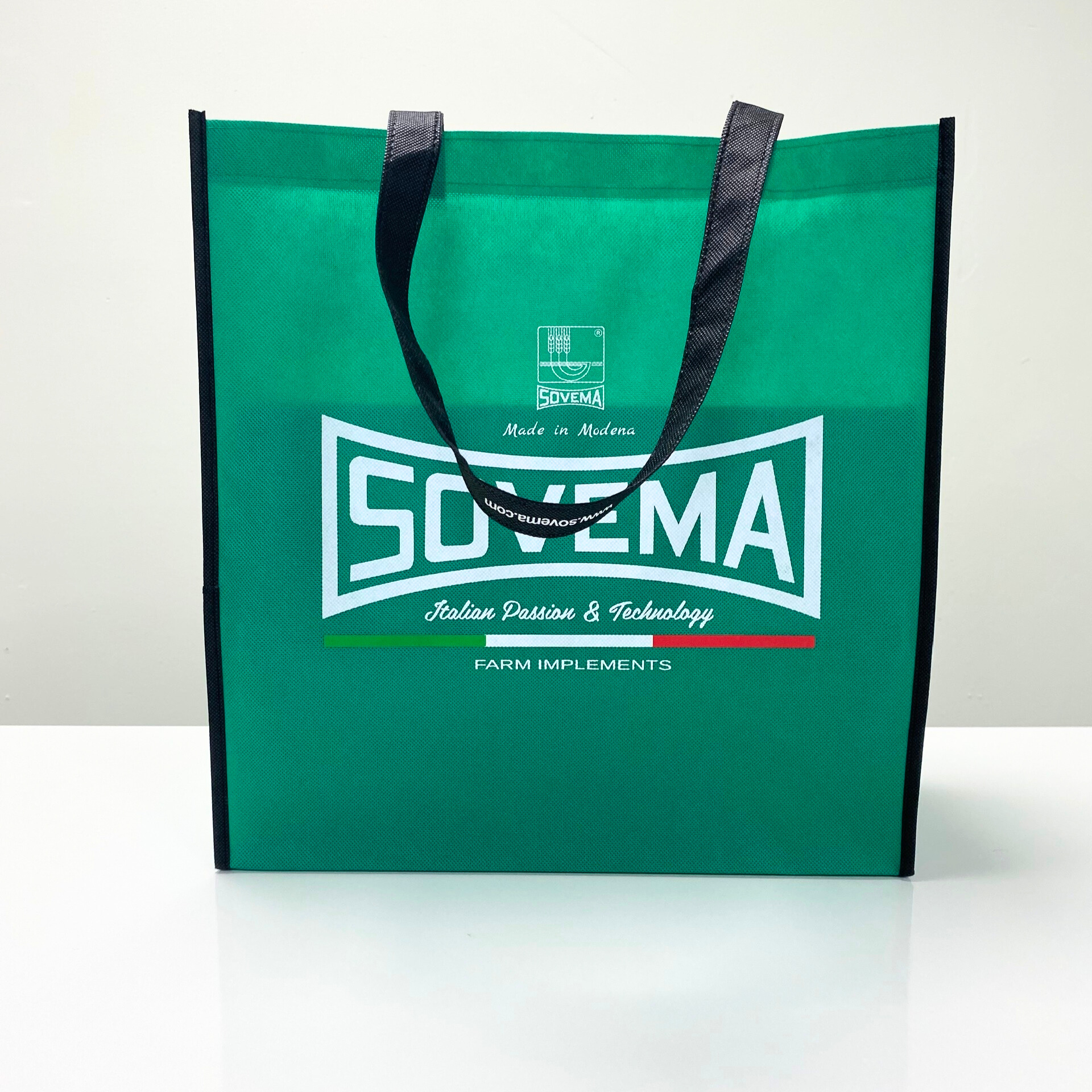
3.2 A medium for storytelling and engagement
Modern packaging goes beyond visual appeal to tell the brand’s story. By incorporating taglines, imagery, or even QR codes, brands can share their heritage, sustainability goals, or product innovation in an engaging way. This creates emotional depth, helping customers feel connected to the brand on a personal level.
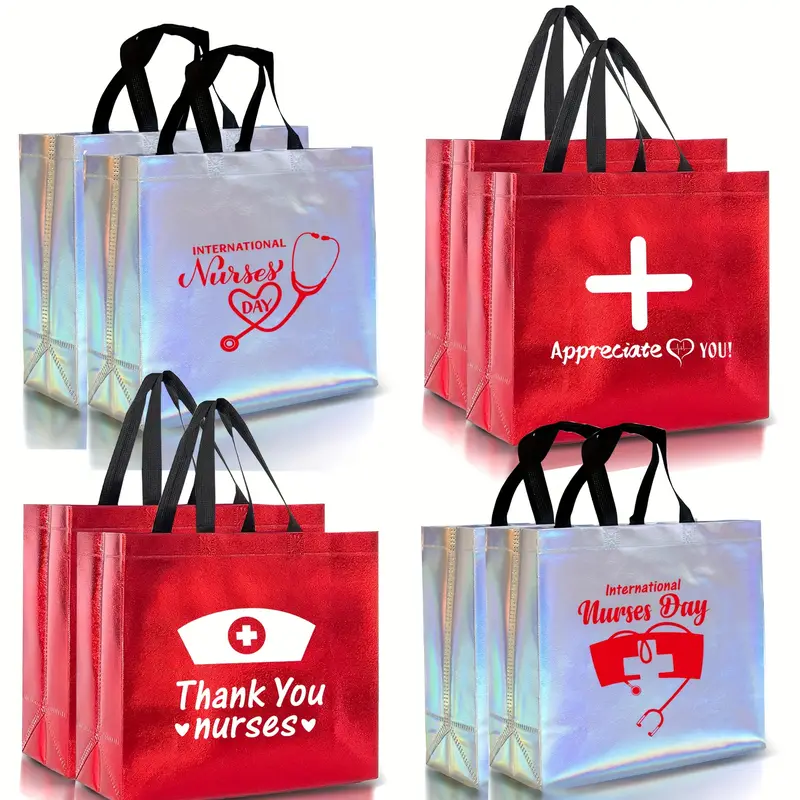
3.3 A bridge between marketing and experience
Effective packaging connects marketing communication with real-world use. It enhances product presentation in stores, supports digital campaigns through interactive elements, and delivers a satisfying unboxing experience that encourages sharing online. In this way, packaging turns marketing messages into tangible experiences that strengthen customer loyalty.
4. How many types of packaging in marketing?
In marketing, packaging can be divided into three main levels – each serving a specific role in protecting, displaying, and promoting the product. From the layer that touches the product itself to the outer containers used for transport, every type of packaging contributes to both functionality and brand storytelling. Let’s explore each type in detail below.
4.1 Primary packaging
Primary packaging is the first layer that comes into direct contact with the product. It protects the contents, keeps them fresh, and attracts customers through its appearance. Since it is what consumers hold and open, it must combine practical use with strong visual appeal.
Examples: Bottles for drinks and cosmetics, tubes for creams, and small sachets for food or medicine.
4.2. Secondary packaging
Secondary packaging contains multiple primary packages to make handling, display, and storage easier. It often includes brand visuals, product descriptions, and barcodes, serving both marketing and protective purposes.
Examples: Toothpaste cartons, cardboard boxes for electronics, and shrink wraps for beverage packs.
4.3 Tertiary packaging
Tertiary packaging is used for bulk transport and logistics. While customers rarely see it, this type ensures that products are shipped and stored safely throughout the supply chain. It supports efficient stacking, distribution, and export operations.
Examples: Pallets, plastic wraps, wooden crates, and large shipping containers.
4.4 Packaging by form and material
In addition to the three main levels, packaging can also be classified by its shape and material, depending on how it functions or how it is displayed.
Common types include:
- Boxes: For dry or solid goods.
- Bottles: For liquids and oils.
- Cans: For drinks and preserved food.
- Pouches: For snacks or single-use products.
- Sustainable packaging: Made from recyclable or biodegradable materials.
- Shelf-ready packaging: Designed for quick placement and easy visibility in stores.
Each type of packaging serves a unique purpose in protecting products and promoting brands. When used together, they improve logistics, enhance brand presentation, and create a positive experience for customers – making packaging both a functional necessity and a strategic marketing tool.
5. How to choose the right marketing packaging for each industry
Every industry has its own demands s some prioritize protection and logistics, while others focus on emotion and identity. Below are real examples of how leading global brands use marketing packaging not only to protect their products but also to build powerful connections with consumers.
This same logic applies to modern categories such as gift bags, shopping bags, and cooler bags, where packaging design directly influences buying behavior and brand loyalty.
5.1 Food and beverage industry – Coca-Cola
In the food and beverage sector, packaging must ensure safety, freshness, and immediate brand recognition. Coca-Cola’s legendary contour bottle remains one of the most iconic examples of effective design.
Its curved silhouette, red label, and bold typography make it instantly recognizable even without a logo. The design has remained consistent for decades, reinforcing Coca-Cola’s personality of joy, energy, and togetherness.
Beyond aesthetics, the bottle is also highly functional – easy to hold, store, and recycle. It shows how well-designed packaging can combine practicality and emotion, turning a simple beverage container into a global cultural icon.
5.2 Cosmetics industry – L’Oréal
In the beauty industry, packaging conveys trust, luxury, and sophistication. L’Oréal’s use of glass bottles, metallic details, and clean typography creates a refined and premium impression while preserving product quality.
These design choices evoke elegance and innovation, aligning perfectly with the brand’s promise of confidence and care. For L’Oréal, packaging is not merely decoration – it is a silent brand ambassador, helping its products stand out in an image-driven market.
5.3 Electronics industry – Apple
Apple has redefined marketing packaging by turning it into an essential part of the customer experience. Each box reflects precision, simplicity, and innovation – the same values that define Apple’s brand.
The famous “slow reveal” unboxing of an iPhone creates excitement and satisfaction, transforming a technical product into a moment of emotion. Apple’s minimalist approach shows how thoughtful packaging can build emotional connection and act as free marketing through shared customer experiences online.
5.4 E-commerce and retail – Amazon
In online retail, marketing packaging must focus on durability, sustainability, and customer convenience. Amazon’s Frustration-Free Packaging eliminates excess plastic, uses recyclable cardboard, and simplifies the unboxing process.
This approach reduces waste, cuts logistics costs, and improves delivery efficiency. Customers appreciate packaging that’s easy to open yet still protective – enhancing satisfaction and reinforcing trust in the brand experience.
The same principle applies to reusable shopping bags and gift packaging, where ease of use and eco-friendliness can boost perceived value and customer retention.
5.5 Sustainable consumer goods – Unilever
Unilever showcases how sustainable marketing packaging can express corporate values. The company has pledged that by 2025, all packaging will be recyclable, reusable, or compostable.
Brands like Dove and Love Beauty and Planet use biodegradable materials, calm colors, and minimalist labels to communicate environmental awareness and authenticity. These elements appeal to consumers who seek responsible and transparent brands.
Through such initiatives, Unilever proves that packaging can do more than attract attention – it can create positive social and environmental impact, strengthening brand reputation globally.
Conclusion
Effective marketing packaging is both a sales driver and a brand storyteller. It communicates emotion, value, and sustainability — all before a single word is read. Whether it’s Coca-Cola’s timeless contour bottle, Apple’s minimalist precision, or Unilever’s eco-conscious designs, great packaging transforms ordinary products into memorable brand experiences that last.
